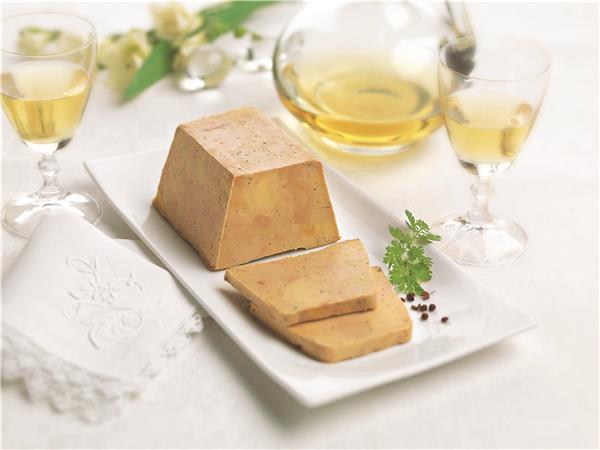
Foie Gras Goose Or Duck? A Guide To Choosing Foie Gras!
Calling all foodies and foie gras enthusiasts!
Are you struggling to decide which delicious variation of this delicacy is right for you?
Fear not, for we have created a fabulous guide to help you choose the perfect foie gras!
With our expert tips and answers to your most burning questions, you’ll be indulging in your favourite foie gras in no time!
Goose Foie Gras Vs Duck Foie Gras? Which Is Better?
The most frequently asked question that comes our way is whether goose foie gras or duck foie gras reigns supreme. The truth is, there is no clear winner, as the choice ultimately boils down to personal preference. So, whether you fancy the rich and creamy texture of goose foie gras or the distinct flavour of duck foie gras, the decision is entirely up to you!
Duck foie gras has a fuller flavour than goose foie gras. Whereas goose foie gras has a more subtle taste, which does not hit you so immediately. Duck foie gras is also rosier in appearance to goose foie gras, which is a little greyer in colour.
Goose foie gras is more expensive hence the assumption that it is pricier because it is better. This is not the case and the main reason for the price difference is supply side. Far more ducks are reared than geese (because the same ducks are used to make duck confit) and hence due to the greater supply, the raw material price is lower.
And perhaps also, from a sellers perspective, it is a strange fact that pricing goose foie gras at too keen a price often leads customers to think that the product is inferior!
Foie Gras Entier Vs Foie Foie Gras En Bloc?
Another area of confusion is foie gras entier (whole foie gras) compared to foie gras en bloc. Where is the difference? Does “whole foie gras” mean it is a whole liver?
Foie gras en bloc accounts for the majority of foie gras. It uses middling to good grade foie gras at circa 90%, and then the remaining 10% are seasoning and water, this is emulsified and forced into tins. The result is good.
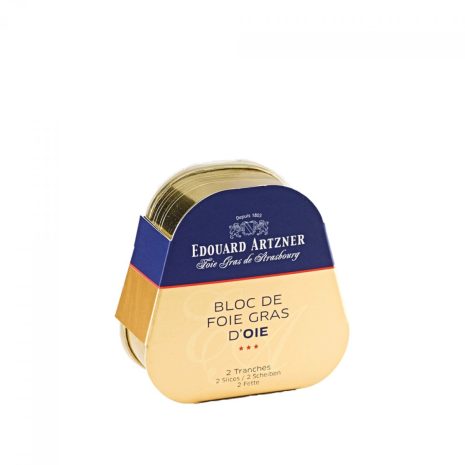
Foie gras “entier” (literally “whole” in French) accounts for a much smaller percentage of foie gras sales. It is made with whole foie gras lobes (hence the word entier), which are weighed, cut and placed in the tin. In addition to this the highest quality/ grade fresh foie gras lobes are used. Typically foie gras entier will be 97% foie gras with the remaining 3% being seasoning. Foie gras entier is of better quality.
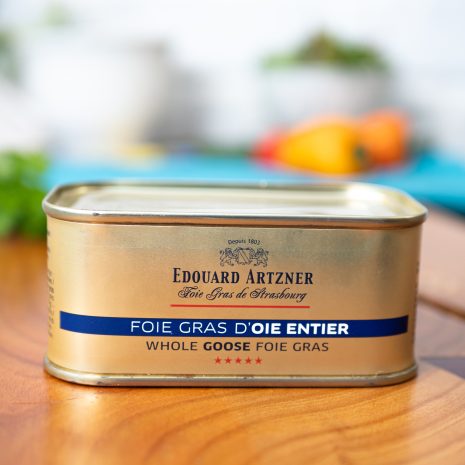
Preserved Foie Gras, What Is Mi-Cuit Foie Gras, And Fresh Foie Gras
Preserved foie gras are cooked at 110c all the way through. As a result it is very stable and can be stored for several years in a cupboard. 3 years is typical.
Mi-cuit foie gras means “half cooked” in French. Foie gras mi-cuit are cooked at 80c. As a result the pasteurisation process is less and these foie gras have a life span anywhere from 3 months to a year. The flavour is somewhat fuller than preserved foie gras and many connoisseurs prefer this.
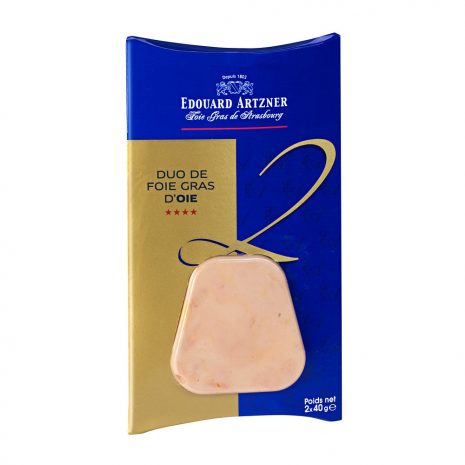
Finally fresh foie gras refers to the whole duck (or goose liver) which has not been cooked or prepared in anyway (other than deveined). These can be frozen. Or stored in a fridge in which case they have a life of only a few days. Fresh foie gras is typically used if you are going to make your own foie gras terrine, or pre sliced, then frozen, and like that you can pan fry a slice when you want it! In terms of flavour, these are even more pronounced.
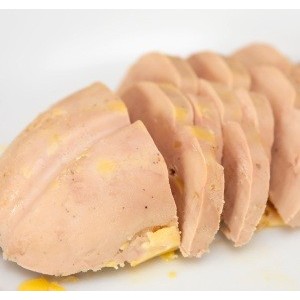
Choosing a Reputable Foie Gras Supplier
With so many foie gras suppliers on the market, a little research prior to buying can make the difference between a banal foie gras, and something really good! Foie gras is French, and the reputed French producers are the best.
Other countries produce limited quantities of it (Hungary first and foremost and Spain). But without any chauvinism, the best foie gras will come from France.
Avoid very large scale producers, and small to middling producers are generally the best in quality.
Most of our foie gras are prepared for us by Edouard (Feyel) Artzner in Strasbourg in Alsace, Eastern France. Edouard Artzner have been producing foie gras since 1803, have a very solid reputation in France, and prepare some of the best foie gras we have tried.
We also stock some very good foie gras en bloc from Castaing foie gras in St Sever, the Landes region of South West France.
Price As a Guide – Foie Gras Quality & Price
Closely linked to the supplier as an indicator of quality in foie gras is price. Foie gras is a luxury food and always has been. As a rough guide, a cheap foie gras (except if there is a promotional reason, such as stock clearances after Christmas) will be disappointing and bland – a mid priced foie gras fairly good – and the more expensive foie gras entier can be something quite special.
How You Intend To Use Your Foie Gras?
This may have some influence on what you order. For example if you are going to put your foie gras on canapes, then a good quality foie gras en bloc is a good option.
If you are looking to serve it as a luxury starter and central part of your meal, then choose a foie gras entier, as they are even better.
Foie Gras Serving Size?
Foie gras is rich and served as a starter. So typically 40-50g per head is enough. More is enjoyable naturally! But already at 40g you won’t feel cheated.
And Finally – Different Foie Gras Presentations And The Infamous Kiner Jar!
The three most common foie gras presentations commercially are tins, kilner jars (the traditional presentation) and more recently jars with screw top lids.
Foie Gras In Tins: Tins are best if you want to serve a foie gras and then cut it into even size slices and our favourite presentation. Although the tins often come with a key opening mechanism, we recommend having a small gauge tin opener to hand as they can be tricky to open with the key.
Foie gras in kilner jars is the traditional presentation. They look the part, and traditional look appeals, but despite recent improvements, they can remain difficult to open.
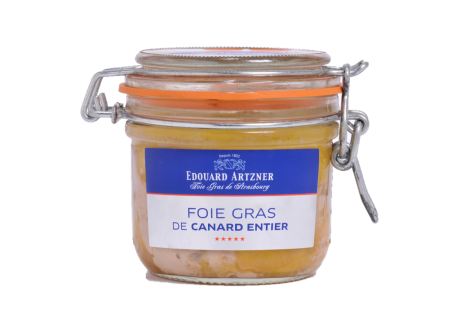
More recently, foie gras producers such as Edouard Artzner and Castaing Foie Gras have taken to using jars with screw top lids. These don’t look as pretty as the kilner jars, but make opening much simpler!
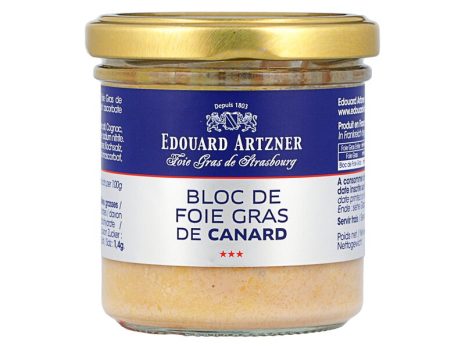
We hope that all of the above may be of some interest and use to you when choosing foie gras.
And we take the opportunity to link to our “how to serve and store foie gras” post, which may be of interest too!
